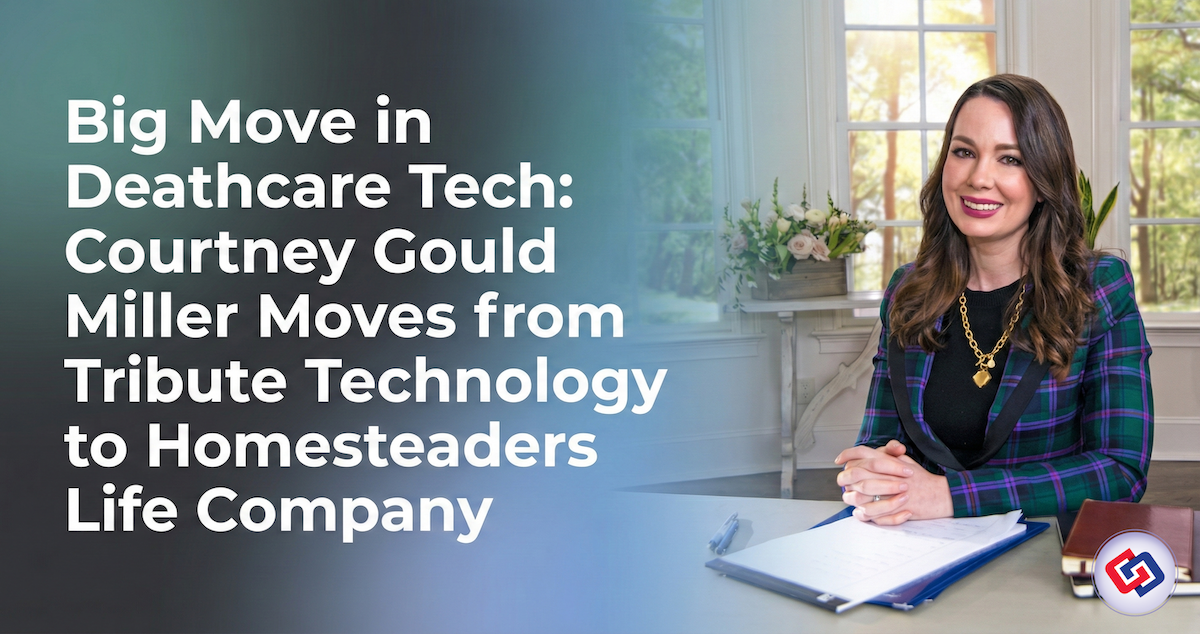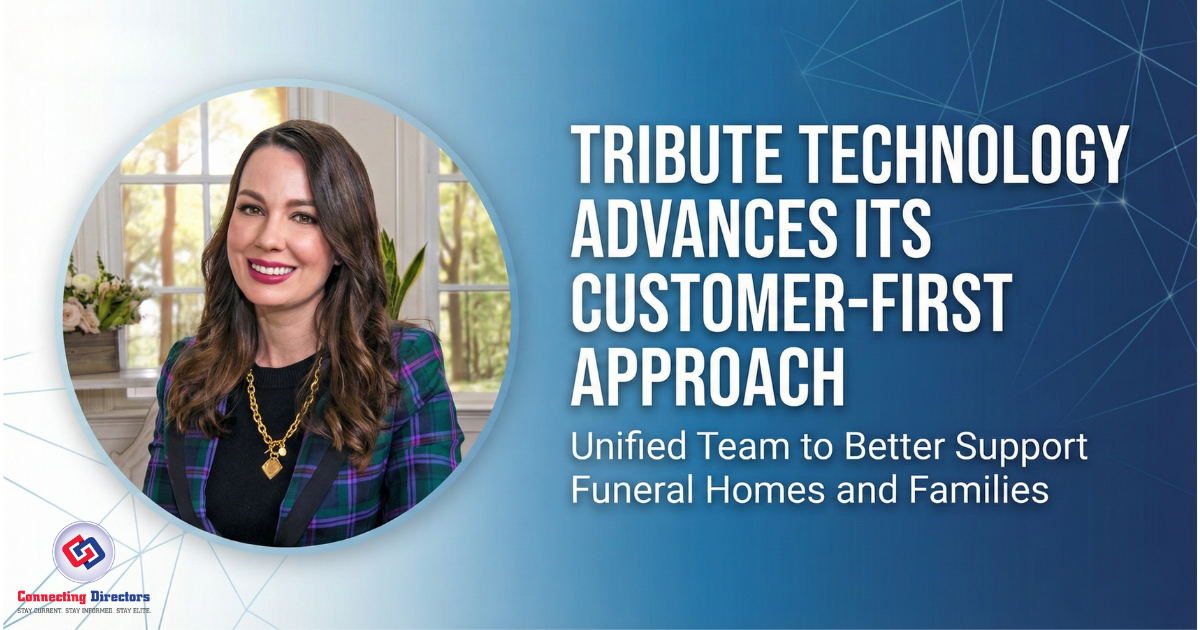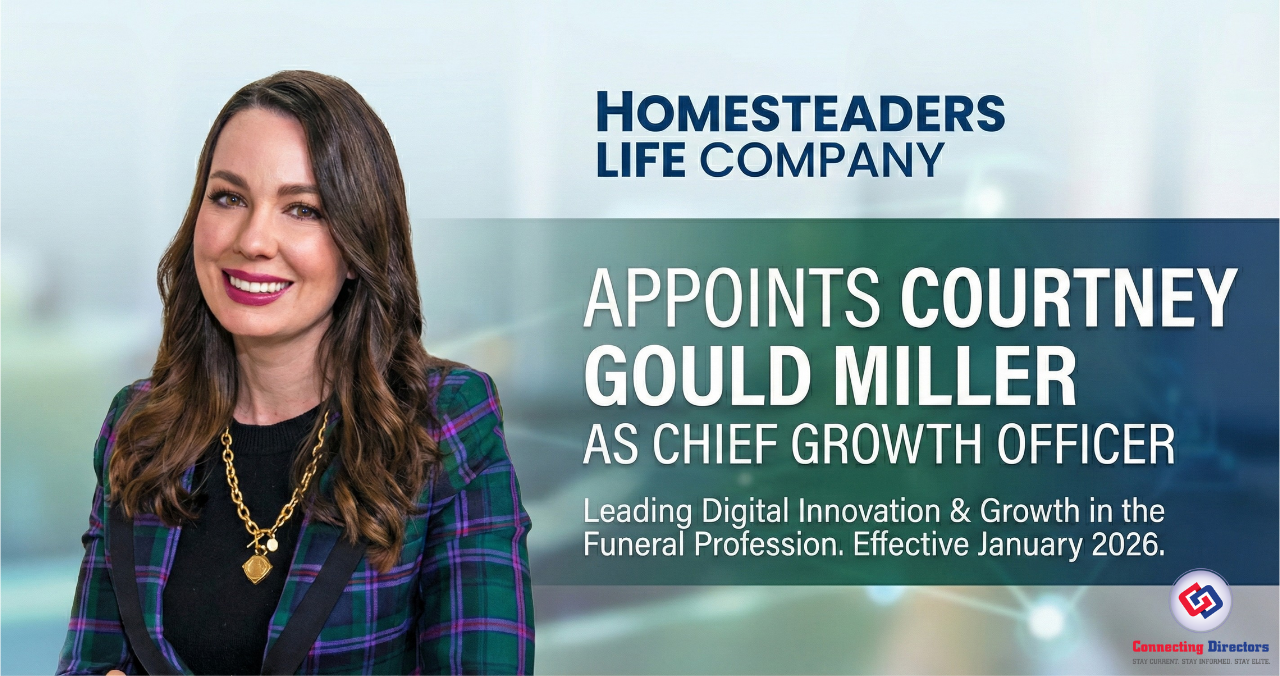Looking at Preneed From Inside and Outside Funeral Service
Article Published with permission from the Memorial Business Journal
Editor’s note: Last week, we began an analysis of survey results from the recently released Connecting Directors Funeral Directors Survey, while also drawing comparisons to other recent surveys, including the 2011 NFDA Business Issues Report and the 2012 NFDA Consumer Awareness and Preferences Survey. As coincidence would have it, the topic for this week is prearrangements.
Zanesville, ohio – Preneed sales are accounting for as much as or more of a funeral home’s overall business over
the past two years for the vast majority of those surveyed, according to the recently released Funeral Directors Survey by
Connecting Directors. The survey found that 46.8 percent of respondents said their preneed sales have increased over
the past two years, and 45.4 percent said sales stayed the same. Only 7.9 percent of those surveyed said their preneed
sales are decreasing.
Nearly three-fourths of those surveyed use an insurance company for their funeral home’s preneed program, while
55.3 percent use a trust (the numbers add up to more than 100 because some firms offer both).
When asked what percent of their business is derived from preneed sales, the majority of funeral directors surveyed
(56.2 percent) said between 20 percent and 40 percent, while 23.3 percent said less than 20 percent, 15.5 percent said
about half of their business, 5 percent said between 60 and 80 percent. No one reported that preneed accounted for more
than 80 percent of their business
When survey respondents were asked what percentage of calls/services in 2011 and the first half of 2012 were honoring preneed contracts, the numbers closely mirrored the previous question. Here, 54.2 percent said between 20 percent
and 40 percent of their funeral home’s calls in 2011 and half of 2012 were honoring preneeds, 29.2 percent said less than
20 percent, 13 percent said about half of the calls over that period, 2.8 percent said between 60 and 80 percent, and 0.9
percent said more than 80 percent of their calls were honoring preneeds.
Surprisingly, most funeral homes (62.6 percent) do not use a formal preneed selling system. Of those that use a preneed
selling system, almost two-thirds of those surveyed (65.8 percent) developed the program themselves, while the remaining
34.2 percent use a packaged system that they either purchased or licensed.
The survey found, in no uncertain terms, that there is not much interest in the prepackaged preneed selling systems,
as 96.4 percent said they are not considering the purchase of such a program.
When asked if they are encountering any shortfalls on the maturity of older (10 years old or older) preneed contracts,
51.6 percent of respondents admitted they were. Following up on the previous question, the survey asked how much
profit do you feel is lost compared to an at-need sale. Forty-four percent said less than 10 percent and an additional 44
percent said between 11 percent and 20 percent profit is lost. Only 9.2 percent of respondents said they lost between 21
percent and 30 percent, and 2.8 percent said they lost more than 30 percent.
Turning to consumer attitudes measured in the recent National Funeral Directors Association’s Consumer Awareness
and Preferences Survey, when respondents were asked if they have made any funeral prearrangements for themselves, 77
percent said no. Of the 77 percent who have not made prearrangements, only 52.7 percent said they were either somewhat or very likely to make prearrangements in the next five years, 32.6 percent said not very likely and 14.7 percent not
at all likely.
David Nixon, president of Nixon Consulting and Heartland Funeral Solutions (Chatham, Illinois), said the fact that
52.7 percent are likely or somewhat likely to make prearrangements is significant. “But, what I found was that 59 percent
were not very likely or not at all likely to prepay for funeral arrangements within the next five years,” he said. “They will
prearrange but not prepay.”
Survey respondents were then asked their main reasons for not wanting to prearrange. The overriding sentiment,
cited by 37.8 percent, was that they were still too young and healthy. This was followed by “don’t care/not a priority”
by 17.3 percent, “don’t want to/don’t want to think about it” by 14.7 percent, “can’t afford to prepay” by 11.8 percent,
“don’t know/haven’t thought about it” by 9.4 percent, “not going to have a funeral/not necessary” by 8 percent, “want
to let survivors plan it” by 7.3 percent, “not sure where I’ll end up living” by 3.6 percent and “intend to” by 1.8 percent.
Of the respondents who have made prearrangements, only 34 percent have prepaid for their arrangements. If they
have not prepaid, only 41.0 percent said they intend to prepay within the next five years.
The survey next asked an open-ended question: “If you are unlikely to prepay for your arrangements, what are your
reasons?” “Estate/life insurance will cover the costs” was the leading reason, cited by 23 percent of respondents. Other
responses were: “can’t afford to prepay,” cited by 22.1 percent of respondents; “no funeral,” 15 percent; “too young and
healthy,” 9.7 percent; “funeral home may go out of business/poor investment” and “not sure where I’ll end up living,”
both at 7.1 percent; “want to let survivors plan it” and “don’t care/not a priority,” both at 5.3 percent; “don’t know/haven’t
thought about it,” 4.5 percent; “intend to,” 3.5 percent; and “don’t want to/don’t want to think about it,” 1.8 percent.
When asking those who have prepaid, just over a quarter paid with cash and a similar number paid with a life insurance
policy through a funeral home. Of the remaining 46.8 percent of respondents, 19.1 prepaid through a trust fund through
a funeral home, 13.8 percent through a trust fund through a cremation society, 6.4 percent didn’t know how they paid for
it, 4.3 percent used “other” means and 3.2 percent paid through their own life insurance.
Of those who have prepaid, half have paid by a lump-sum payment and 42.7 percent made payments over time.
In the question “guaranteed vs. non-guaranteed contracts,” 62 percent responded that funeral costs were guaranteed,
22 percent were not guaranteed and 16 percent didn’t know.
When asked what were the main reasons for prepaying for these arrangements, 82.4 percent cited “so my survivors
wouldn’t have to pay/worry about the costs,” 40.2 percent said “so that my final wishes are taken care of” and 39.2 percent
said “to freeze the prices of products and services.
MBJ
The complete Connecting Directors Funeral Directors Survey results can be found at www.hyperstress.com/fdsurveyresults.
NFDA’s Consumer Awareness and Preferences Survey can be found in the August 2012 edition of The Director. Data cited from the Connecting Directors survey is used with permission.




